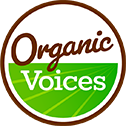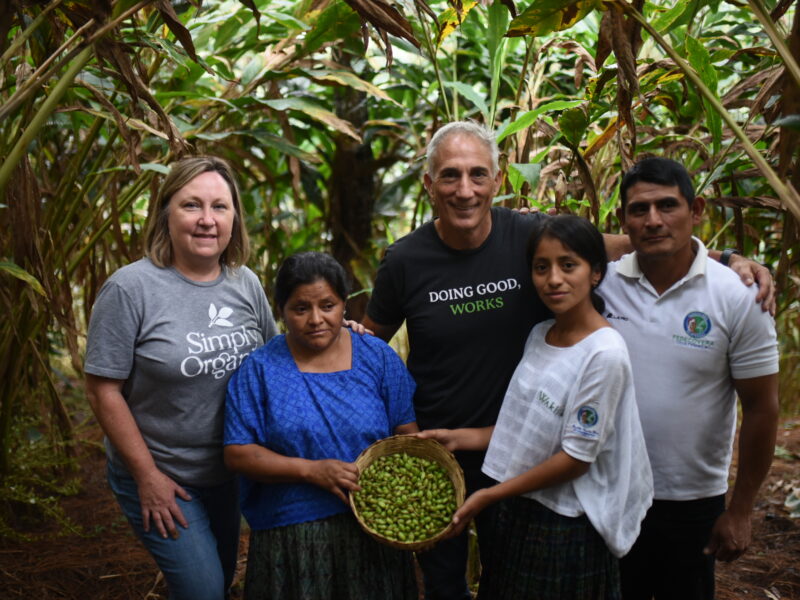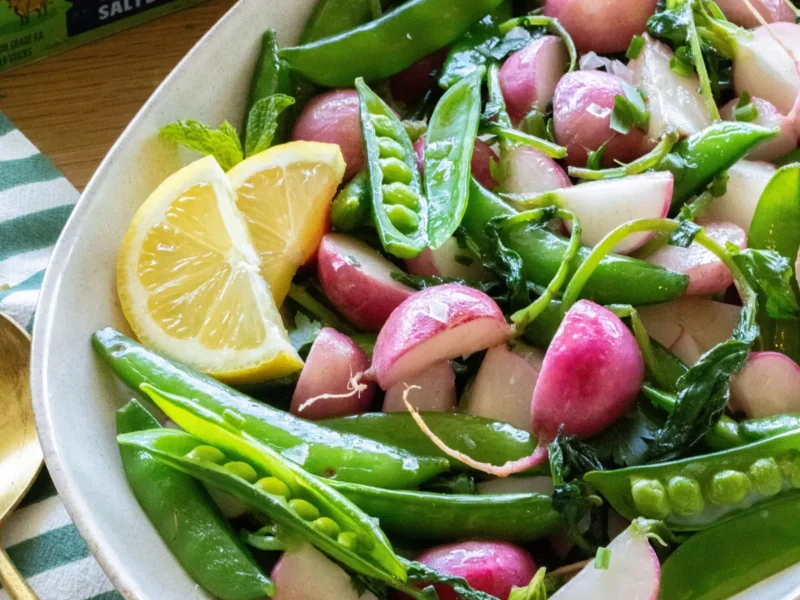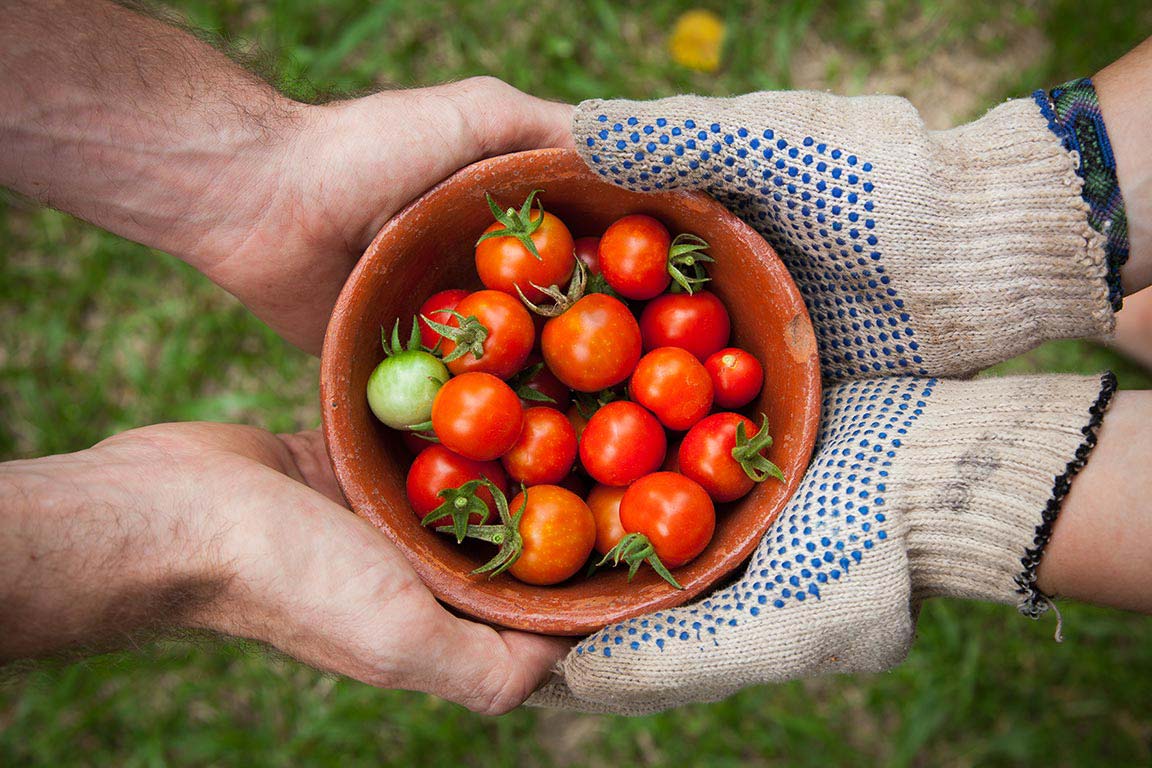Originally published in the Organic Matters blog by Melody Meyer, Vice President of Policy and Industry Relations for United Natural Foods.
Shopping organic is a journey. At first, you might start by learning about the Environmental Working Group’s Dirty Dozen and Clean Fifteen lists, a guide on buying organic and avoiding pesticides in produce. But, what about the rest of your grocery cart or basket items? While choosing organic veggies and fruits is a terrific start, this blog post serves to give some guidance on how to bring your organic shopping knowledge to the next level – in every corner of the store. We need to go beyond the produce section in order to grow the demand and the availability of organic.

Dry Grocery
From crackers to tea and coffee, dry grocery items are widely available as organic. The USDA’s organic labeling standards help explain the different levels of organic labeling:
- 100% Organic: only uses exclusively organic methods, containing only organic ingredients.

- USDA Organic: contains at least 95% organic ingredients; meaning 5% or less of the ingredients may be agricultural products that are not available as organic and/or non-agricultural products that are on the National List.
- Made with organic: 70% to 95% organic ingredients may display “Made with organic [with up to 3 specific organic ingredients]” on the front panel.
*Any non-organic ingredients used in the above labeling categories may not be produced using genetic engineering, irradiation or sewage sludge.
- Ingredient Panel: less than 70% organic ingredients can only list the organic items on the ingredient panel.
Many supermarkets have a “store within a store” layout where you can find organic products in specified aisles. Alternatively, when natural is placed directly next to “conventional” items, some grocery chains will call out organic items in an aisle with special coloring or shelf tags. It may be hard to differentiate natural marketing claims, so looking for the USDA organic label is a clear way to ensure you’re eating organic. In addition, if you’re on a budget – choosing to buy in bulk is a great option for many dry grocery items – from almonds to cereal.
Frozen
Bundle up for this next category. Depending on the season, fresh organic produce may not be available or affordable – so be sure to head to the freezer doors aisle of your market. As food author Michael Pollan explains, “Frozen vegetables and fruits are a terrific and economical option when fresh is unavailable or too expensive. The nutritional quality is just as good — and sometimes even better, because the produce is often picked and frozen at its peak of quality.” For these organic goodies, be sure to eat them sooner than later, as frozen vegetables and fruits degrade over months. In addition, using steam or a microwave helps minimize the loss of water-soluble vitamins (EatingWell).
Meat & Poultry
For all us carnivores, meat is a critical food group to purchase organic. In 2012, the average American consumed approximately 70 pounds of red meat and nearly 55 pounds of poultry per year, according to the U.S. Department of Agriculture – yet meat only accounts for 3% of all organic sales (ERS). Organic meat and poultry is healthier for you because organic certification means that it was not treated with hormones or antibiotics and must be fed only organically grown feed with no animal byproducts. (Environmental Working Group). It’s simple logic – by choosing organic meat, you lower your risk of consuming chemicals that may have negative health effects. From a humane, environmental and health perspective, organic meat is the preferred choice over conventional – buying locally, where possible. Going one step further, some retailers and brands will give you information on how humanely the animal was treated.
Get the full scoop on Seafood, Bakery, Prepared Foods and Deli here.









